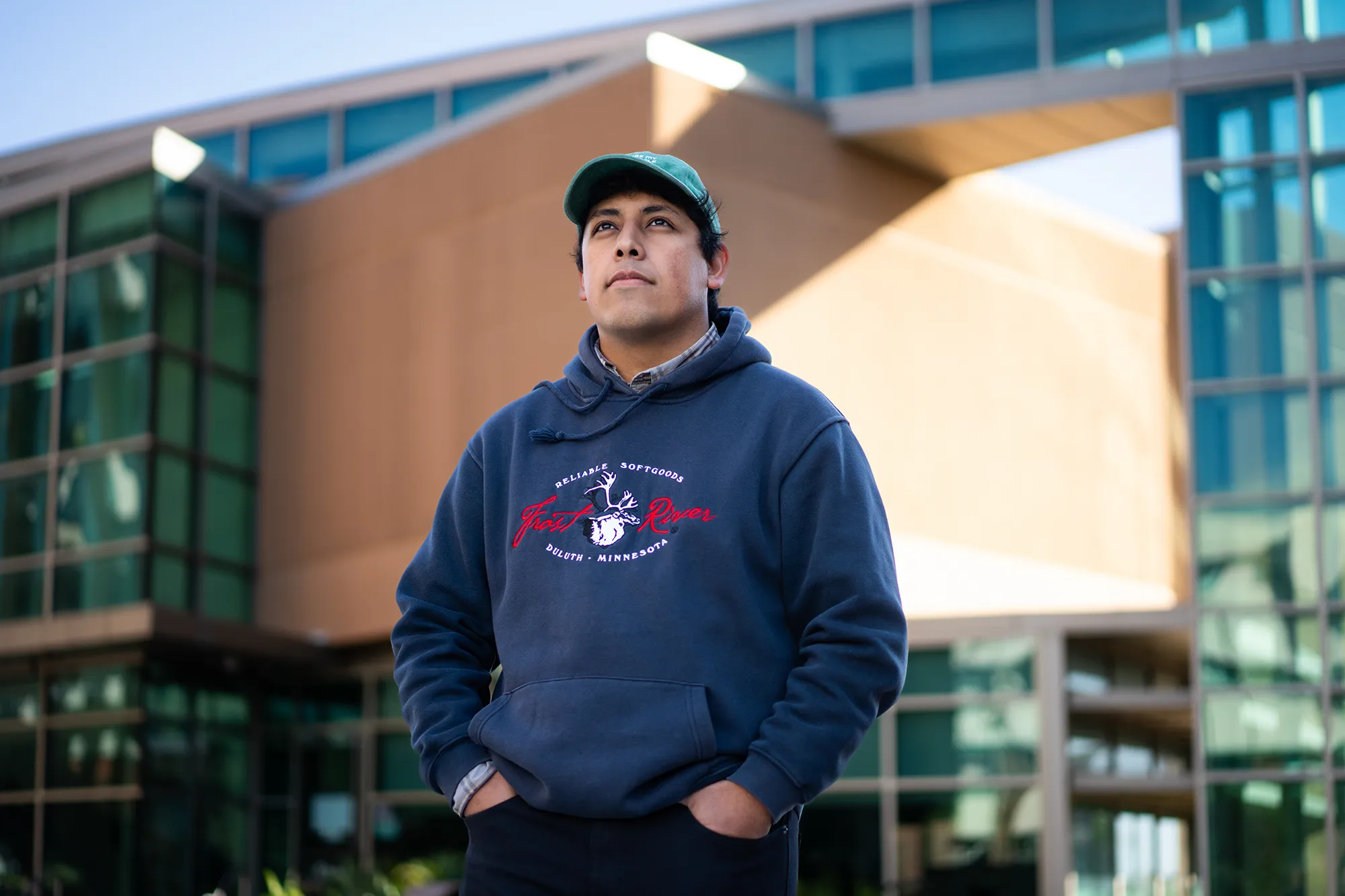By Alfredo Santana
Contributing Writer
LYNWOOD — State Assembly Speaker Anthony Rendon and state Sen. Lena Gonzalez toured Lynwood High School’s damaged G building Oct. 26, learning from the district’s superintendent and independent architects the shoddy construction details that caused the ceiling to collapse in June 2020.
Lynwood Unified School District Superintendent Gudiel Crosthwaite told Rendon that the school district faces fiscal strains due to the impending $5 million it will cost to demolish the structure starting in January, because it does not have $33 million to help rebuilt the G building, deemed unsafe to be restored due to myriad structural defects from its inception.
Crosthwaite said the state Division of Architect estimated a similar building would cost $100 million, and plans to pitch in $66 million.
He said the redesign and building of a similar facility that houses three stories of classrooms, labs, restrooms, offices and other units would cost $120 million.
“Tons of concrete collapsed at the time during the pandemic,” Crosthwaite said. “Although no one was injured, it is an indicator of the challenges we face in the community.”
Rendon did not commit any resources, but acknowledged that having a sound high school is key to the success of future students in Lynwood.
“There’s tremendous hardship for the district and for the students,” Rendon said. “We know students learn better in safer facilities and that helps these communities. I came here to see it with my own eyes. It’s important for me to see what happened in this community.”
As Rendon surveyed a line of dilapidated aluminum cleaners due to missing or badly installed ties hanging from the open ceiling, Crosthwaite asked him to help the district secure more funds to rebuild the building, and to revamp additional campus facilities such as the performing arts center.
The latter needs surface and structural refurbishment, but will not require full teardown, said Manuel Jaramillo, program manager for the DelTerra Group, the company in charge of discovering faulty structures in the main building and adjacent wings.
Jaramillo said the state’s commitment to rebuild the facility fails to account for $500,000 in independent engineering studies plus the costs associated with moving students and expand the facilities at what used to be Lynwood Middle School, which Lynwood High students now attend.
The school district estimates it invested $14.2 million to upgrade the middle school for high school classes, plus the moving costs of furniture, equipment and teacher’s offices.
“We have in this Lynwood building the version of Belmont [Learning Complex],” Jaramillo said in reference to the controversial $400 million campus built near downtown Los Angeles in the early 2000s that sat atop a shuttered oil field and was declared unsafe due to high toxic levels found underground.
Luis Rojas, DelTerra Group’s president and CEO, pointed to segments of high-voltage electrical tubes that had to be reinforced with new metal retainers to avoid their collapse while crews managed to knock slabs of ceiling to uncover additional faulty joints.
The initial collapse of cement and metal retainers occurred on June 16, 2020. After the school board learned of the G-building faulty ceilings, it moved to close the campus and hired independent engineering and architectural firms to assess its integrity and safety.
Rendon was also briefed about an incident that nearly killed a crewmember, as he poked holes in the so called soffits using a Caterpillar, and entire segments several feet wide weighing a ton each began to collapse around him.
“[The worker] had to jump off his seat and grab onto a building’s beam,” Rojas said. “He was very lucky he did not have injuries. He felt the soffits were moving before he grabbed the beam.”
During the facility’s exploratory tour, Jaramillo explained that several classroom walls at the three story levels were standing by themselves, lacked bolts or pins to secure them to metal beams, were non-welded and a chunk of soffits weighting two to three pounds fell off from ceilings 20 feet above ground level because it was glued, when school building codes call for metal pins, meshed wire and high-grade retainers to hold them up.
He said the walls were suspended “by gravity,” and that a simple push, or someone leaning on them could have knocked a few down.
“Students were lucky none of these pieces fell on them. One of these can kill a person if hit on the head,” he said.
Nearly two hours before Rendon arrived, state Sen. Gonzalez visited the facilities and pledged support to fund the design and construction of new state-of-the-art classrooms.
Rojas said Keller Construction was in charge of installing soffits and other outer structures to cover the steel beam skeleton of the building. Keller Construction filed for bankruptcy shortly after it finished construction at Lynwood High’s G Building in 2000.
Currently, stakeholders do not know the whereabouts of any of Keller Construction’s former executives, Rojas added.
Crosthwaite said the district’s legal team is working diligently and weighing its options to file legal claims against anyone at blame for the shoddy construction, and they may include criminal charges for malfeasance.
He blamed unscrupulous contractors for taking advantage of old construction codes with little to no supervision from previous Division of State Architects’ inspectors, who were complacent of companies doing a disservice in minority and poorer communities.
“It looks as if people took shortcuts. The building was compromised” from the beginning, Crosthwaite said. “We want to make sure anyone responsible is held accountable. We are asking from assistance from state legislators.”












